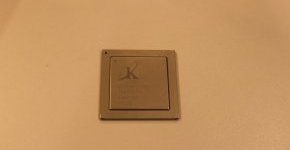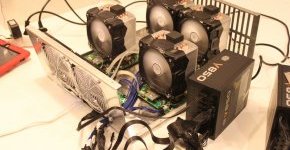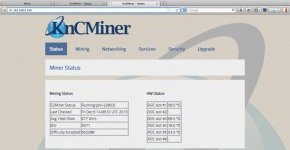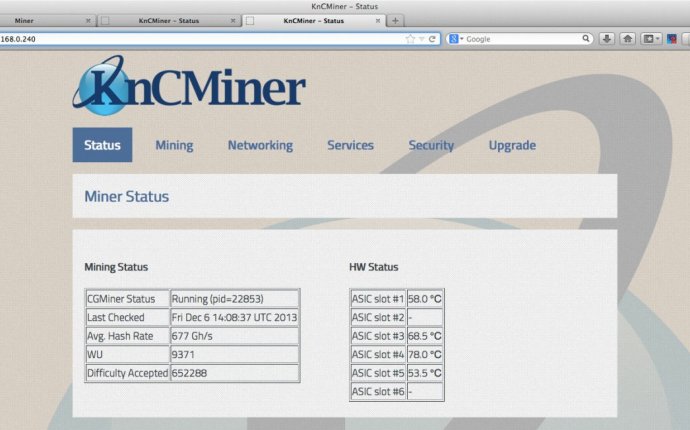
Jupiter Bitcoin mining
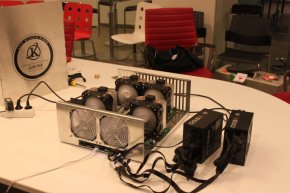 Rob Wile/Business Insider
Rob Wile/Business Insider
Mining a Bitcoin, which involves directing large amounts of computing power at solving complex equations, doesn't come cheap.
We recently told you about the gonzo sales Stockholm-based KnCMiner saw on Black Friday for its Neptune device, set to be the most powerful Bitcoin mining device in the world when it's released.
It won't be available until next year, and you won't be able to get it right away unless you're a pre-existing KnC customer. And it will cost $13, 000.
We got our hands on the next best thing: KnC's Jupiter miner, currently the world's most powerful. You actually can't purchase one of these now either — KnC has promised all customers who bought before August that it wouldn't sell anymore so as not to disrupt the Bitcoin mining difficulty rate.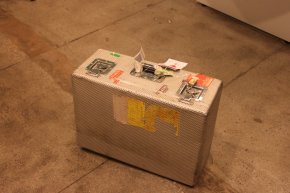 Bitcoin is designed so that the more people mining, the more power is required to mine a single Bitcoin.
Bitcoin is designed so that the more people mining, the more power is required to mine a single Bitcoin.
But yesterday, Alex Lawn, KnC's English head of technical communications, stopped by our offices to demonstrate a Jupiter model.
Check it out:
Lawn carried around the miner in this box, which helped land him an hour's audience with JFK customs officials.
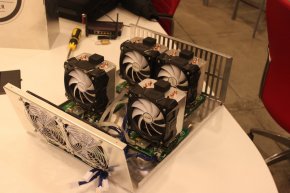 Lawn removed the casing right away so we could check out the inside. The casing isn't much to look at anyway, although you can get a sense from the branding that KnC, which started out as a corporate IT shop, is not some fly-by-night operation.
Lawn removed the casing right away so we could check out the inside. The casing isn't much to look at anyway, although you can get a sense from the branding that KnC, which started out as a corporate IT shop, is not some fly-by-night operation.
And here's what he wanted us to see: four circuit boards with fans stacked on top. Don't laugh: It took four-and-a-half months and more than $3.5 million dollars to build.
Right now, at the current rate of mining difficulty, one of these babies can print one Bitcoin in three days. By comparison, it now takes the average miner about two months to do so. (We weren't really able to mine any because we weren't mining for long enough.)
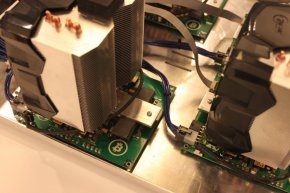 Rob Wile/Business Insider
Rob Wile/Business Insider
The key to the 28 nm ship is its power efficiency: It uses 40% less power than a 40g computer. However they do still eat up a lot of electricity — this machine alone would add $4 a day to your electric bill — which is why you need the fans blasting.
Here's what you would see on your mining monitor if you actually had one up and running for real. It shows how well your machine is performing ((avg. hash rate"), and the current mining difficulty rate.
Alex Lawn/KnCMiner
And this is what you'll see when the miner is operating — "accepted" means it's solved one of the complex equations:
Lawn would not reveal how many Jupiters they've sold, only to say that each of their batches have sold out, and that individuals in 120 different nations, including Swaziland, have purchased a unit.
Again, their is a commitment to branding: the company's motto is, "The whole world, only one block apart" — referring the "blocks" of Bitcoin the miners must unlock.
